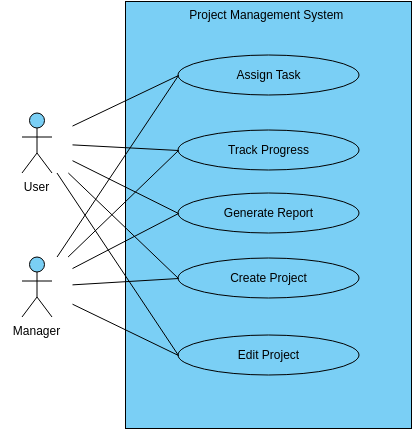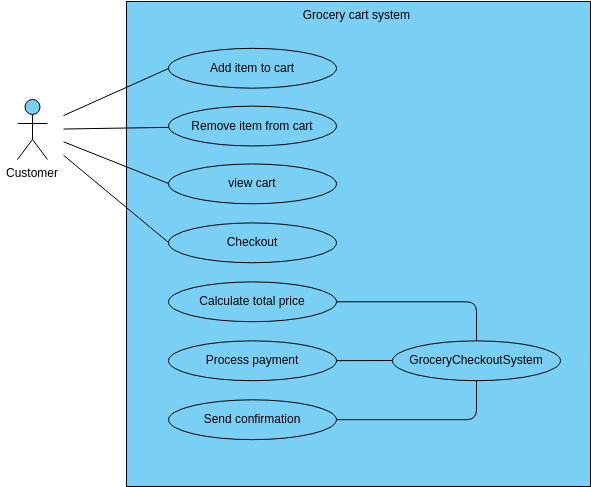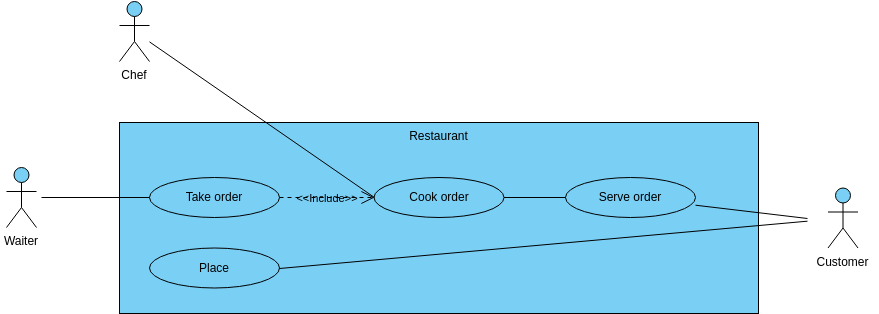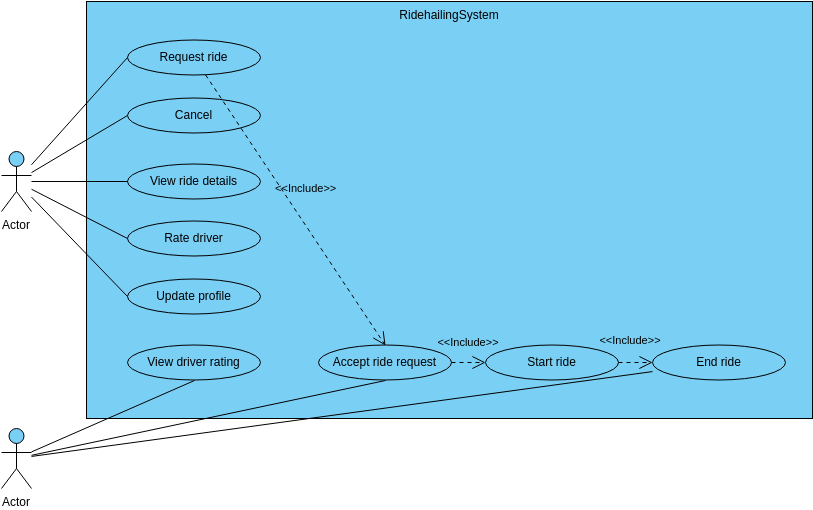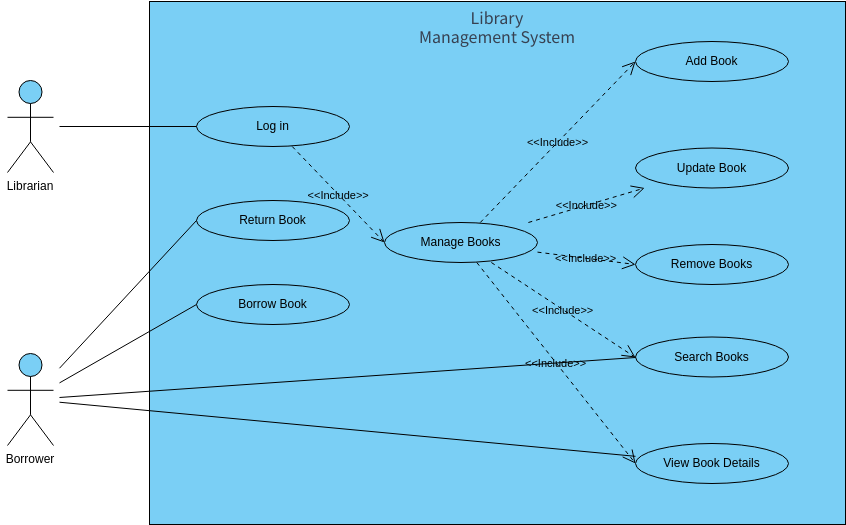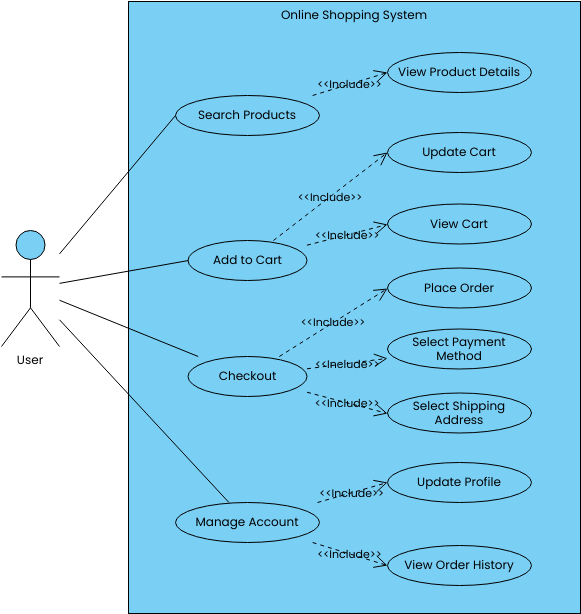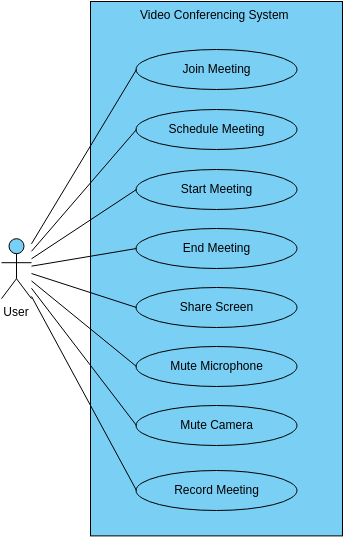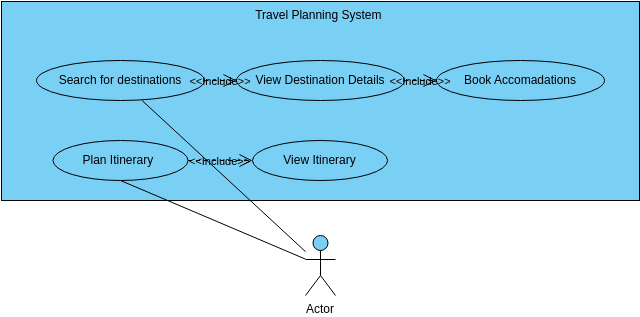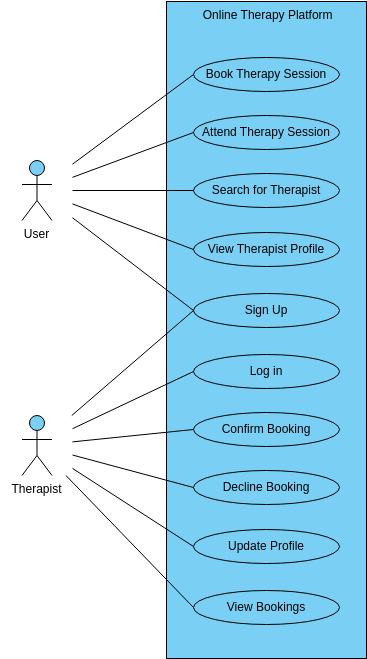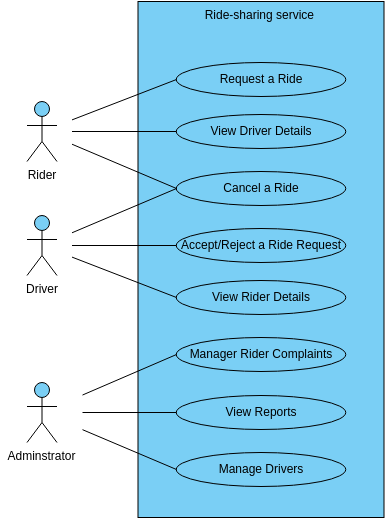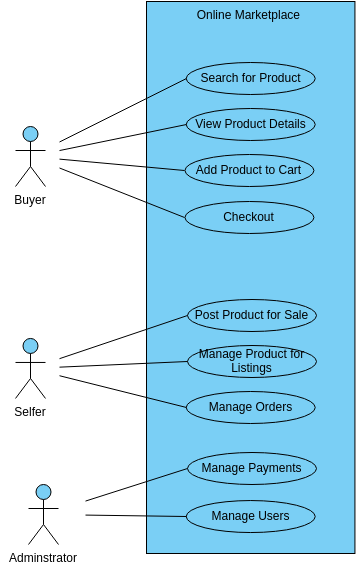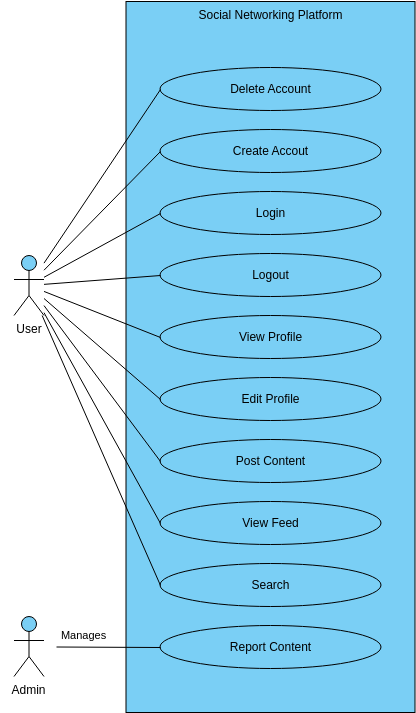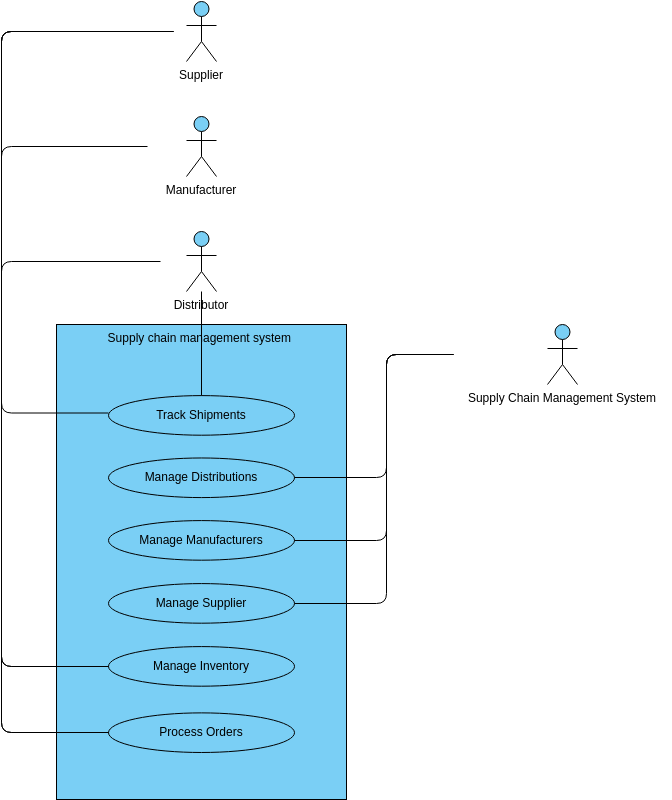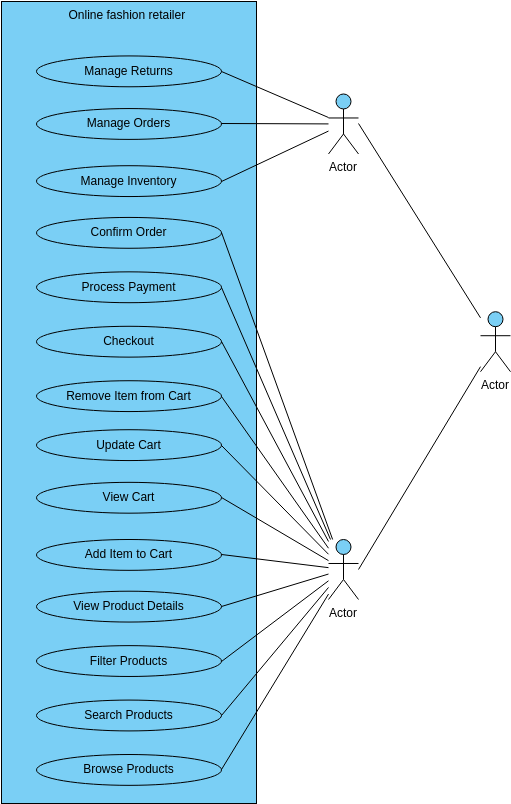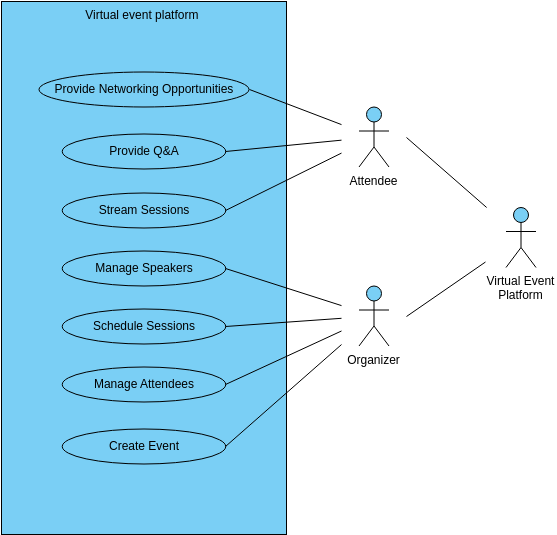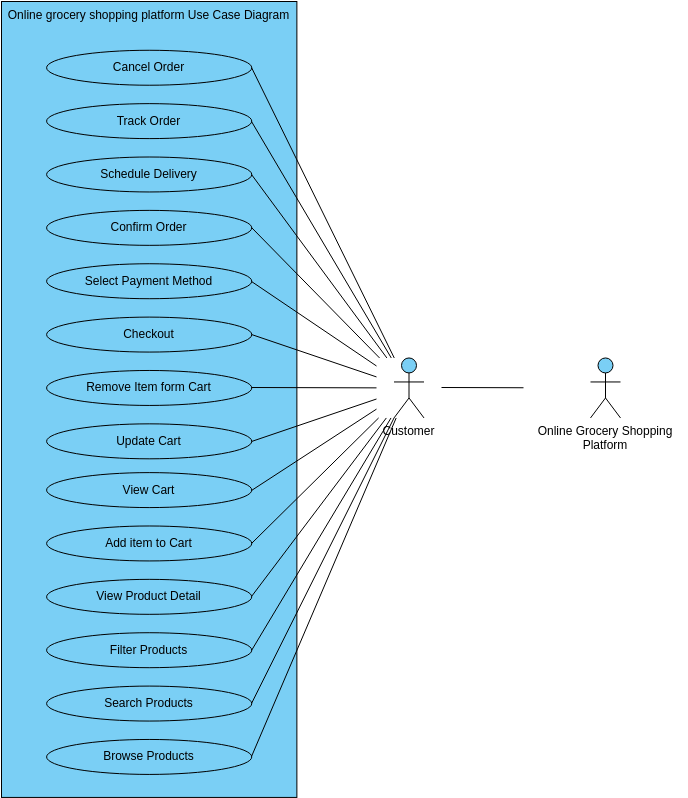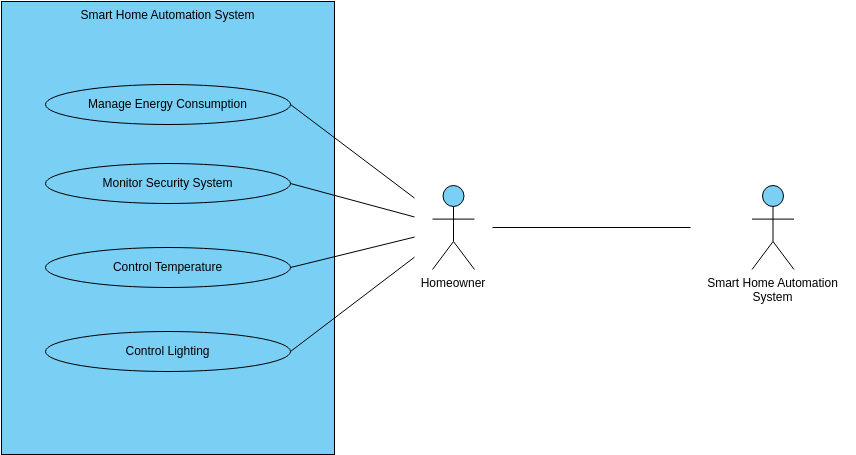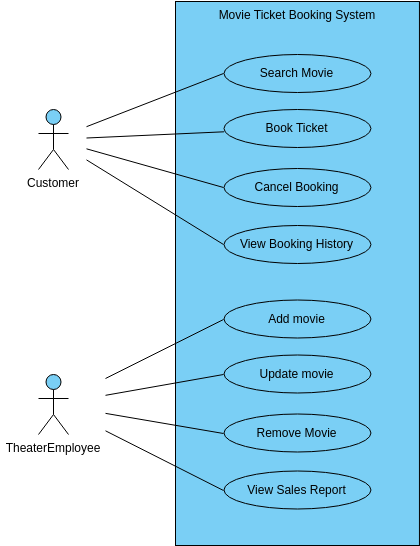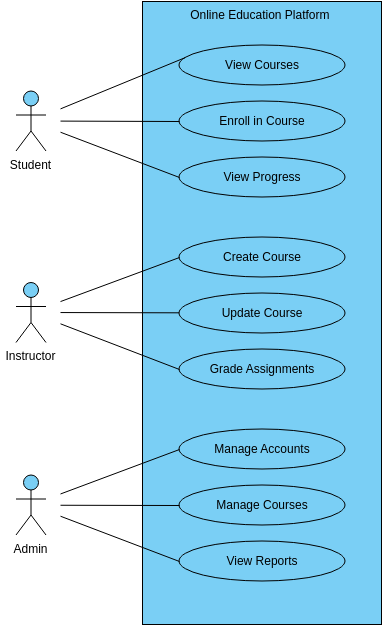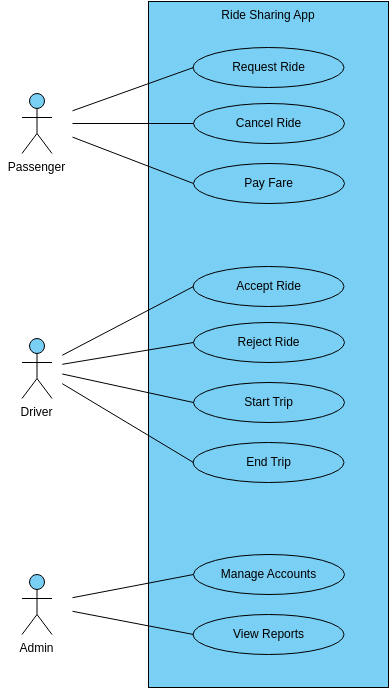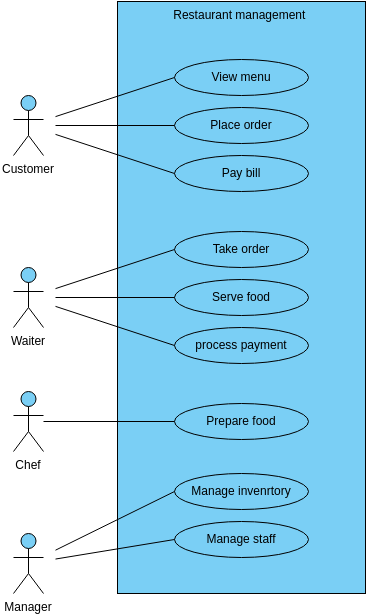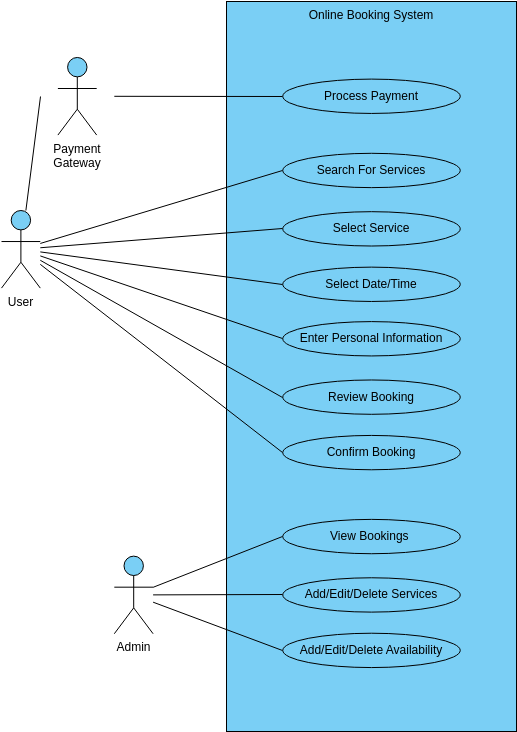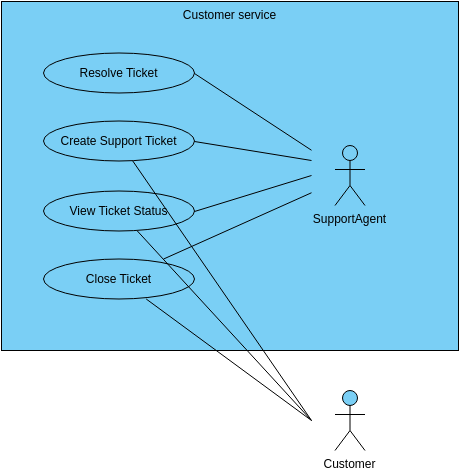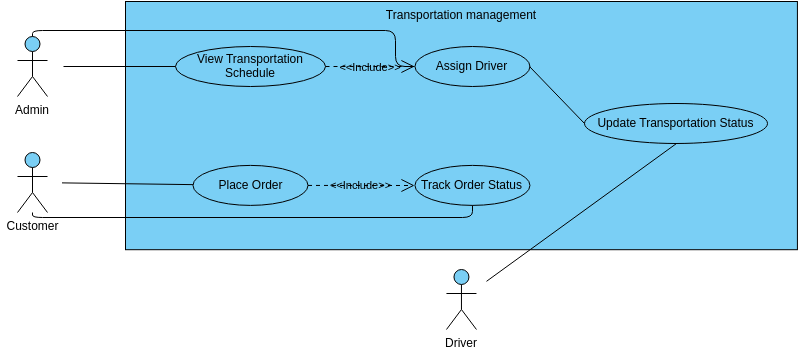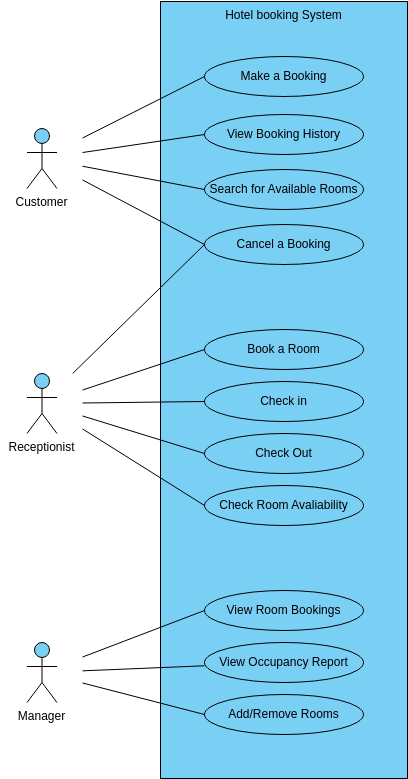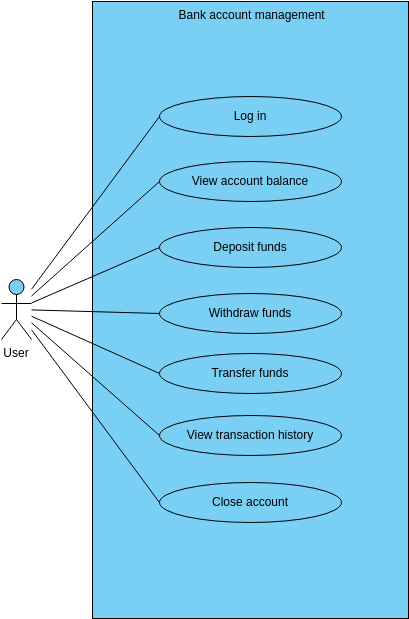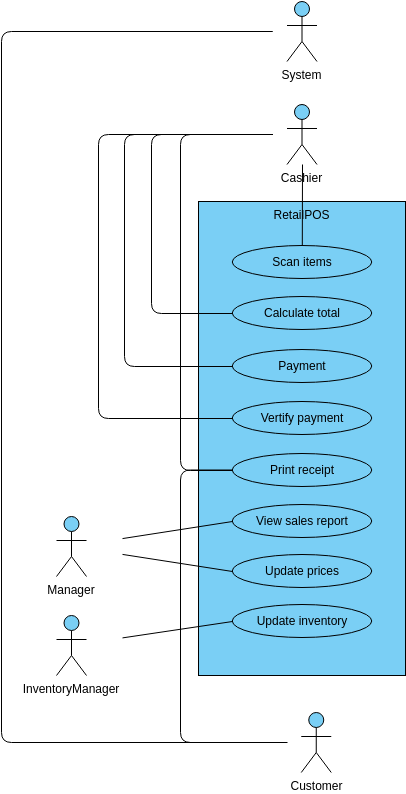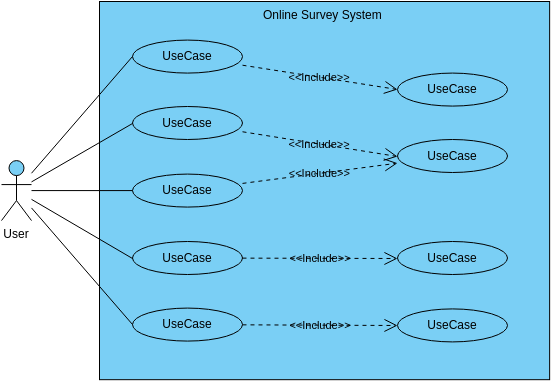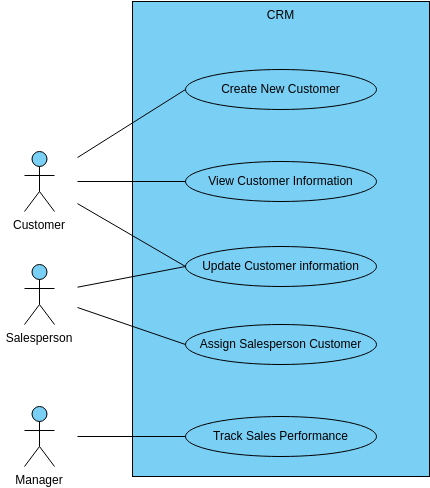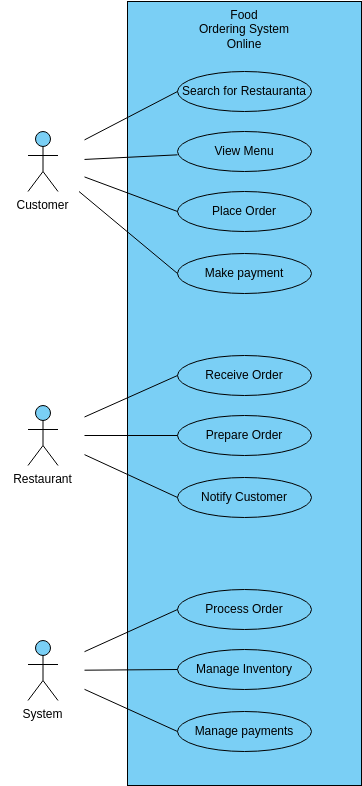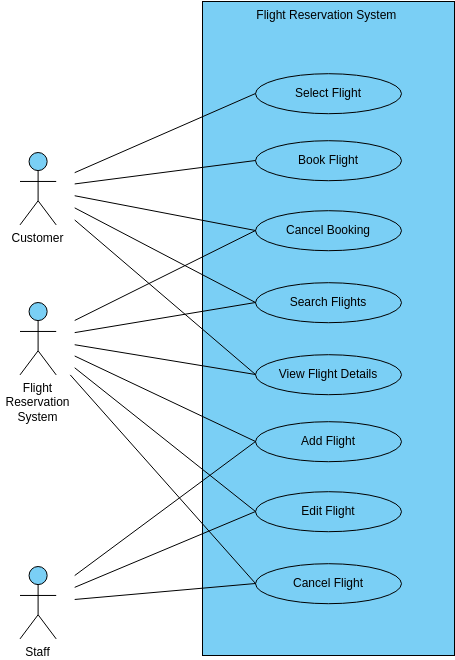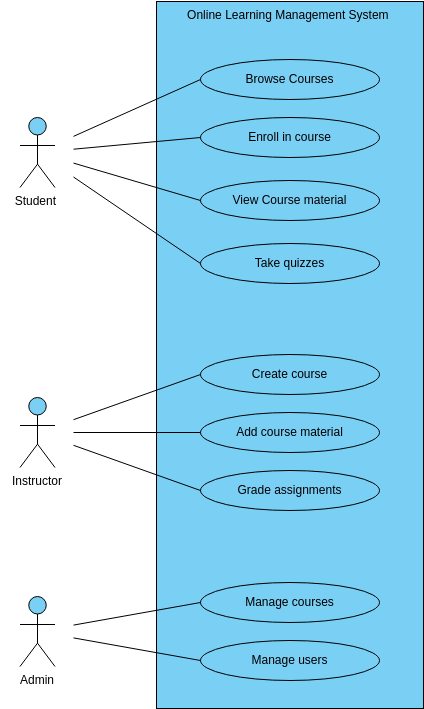Project Management System
The "Assign Task" use case in a project management system involves assigning tasks to team members and setting deadlines for completion. This use case is critical to ensuring that all team members are aware of their responsibilities and the timeline for completing their tasks. The project management system may have features such as task prioritization, assignment delegation, and task dependencies to help project managers allocate tasks and ensure that they are completed in the correct order. By automating the task assignment process, project management systems can improve efficiency and reduce errors that can occur when assigning tasks manually.
The "Track Progress" use case involves monitoring the progress of tasks and projects in real-time. This use case is important to ensure that the project stays on track and that any issues or delays are identified and addressed quickly. The project management system may have features such as progress tracking, milestone tracking, and status updates to help project managers stay informed about the progress of the project. By providing real-time updates, project management systems can improve transparency and visibility into the project, allowing all stakeholders to make informed decisions and take appropriate actions as needed.
The "Generate Report" use case allows users to generate reports on various aspects of the project, such as progress, budget, and task completion. This use case is important to help project managers and stakeholders understand the overall status of the project and identify areas for improvement. The project management system may have features such as customizable report templates, data visualization tools, and automatic report generation to help users generate reports quickly and easily. By providing users with access to accurate and up-to-date project data, project management systems can improve decision-making and increase project success rates.
The "Edit Project" use case involves making changes to project details, such as timelines, tasks, and budgets. This use case is important to ensure that the project stays aligned with the organization's goals and objectives. The project management system may have features such as version control, approval workflows, and change management to help project managers make changes to the project while ensuring that all stakeholders are informed and involved in the decision-making process. By providing a flexible and collaborative approach to editing projects, project management systems can improve adaptability and responsiveness to changing project requirements.
Benefits of creating this use case diagram
Creating a use case diagram for a project management system can provide several benefits to an organization. Firstly, the diagram helps to ensure that all necessary functionality is included in the system and that it is designed to meet the needs of all stakeholders. By identifying all the different interactions that users have with the system and the various tasks that need to be performed, the diagram ensures that the project management system is capable of managing the project effectively and efficiently. This helps to improve the accuracy of project planning, reduce errors, and increase the success rate of the project.
Secondly, a use case diagram can serve as a valuable tool for communication and collaboration between stakeholders. By visualizing the different use cases and how they relate to each other, stakeholders can better understand the overall functionality of the system and how it meets the needs of users. This can help to align the goals and expectations of different stakeholders and ensure that everyone is working towards a common goal. Additionally, the use case diagram can help to facilitate discussions around potential improvements or changes to the system, allowing stakeholders to identify opportunities for enhancement and innovation. By bringing together different perspectives and insights, a use case diagram can help to ensure that the project management system is designed to deliver maximum value to the organization and its users.
Pros of creating this use case diagram
Creating a use case diagram for a project management system can provide several advantages to an organization. Firstly, the diagram helps to identify the different interactions that users have with the system and the various tasks that need to be performed. This ensures that all necessary functionality is included in the system and that it is designed to meet the needs of users. By creating a clear and comprehensive use case diagram, stakeholders can ensure that the project management system is designed to handle all potential scenarios and meet the needs of all users.
Secondly, the use case diagram can serve as a valuable tool for communication and collaboration between stakeholders. By visualizing the different use cases and how they relate to each other, stakeholders can better understand the overall functionality of the system and how it meets the needs of users. This can help to align the goals and expectations of different stakeholders and ensure that everyone is working towards a common goal. Additionally, the use case diagram can help to facilitate discussions around potential improvements or changes to the system, allowing stakeholders to identify opportunities for enhancement and innovation. By bringing together different perspectives and insights, a use case diagram can help to ensure that the project management system is designed to deliver maximum value to the organization and its users.
Searching for some use case diagram templates? Go to Visual Paradigm Online and select some designs for customization now!
